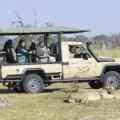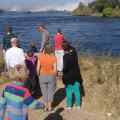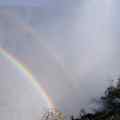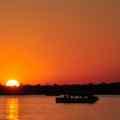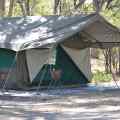Lake Ngami
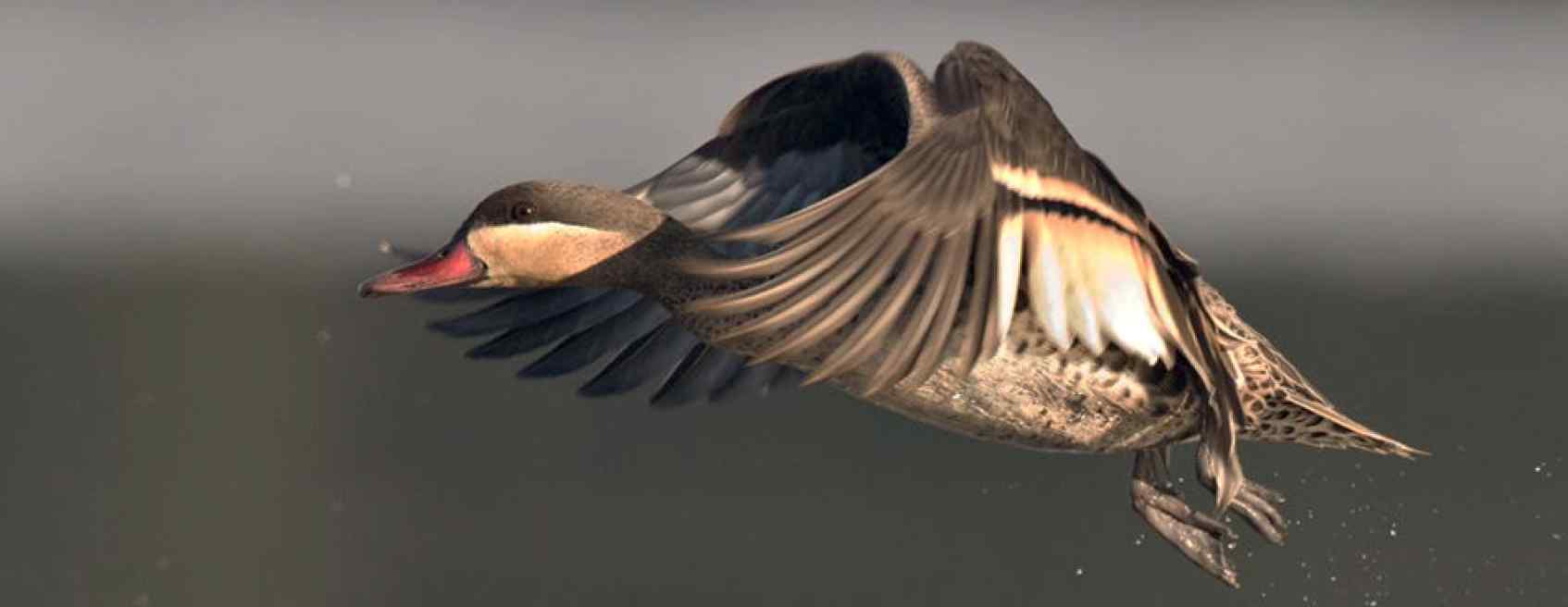
Lake Ngami in north western Botswana looks set to become the top birding spot in southern Africa for this year and next. Good rains throughout Ngamiland District, coupled with the highest floodwater levels in the Okavango in the last 20 years, makes the extensive flooding of the now dry Lake Ngami a certainty.
Lake Ngami is one of Botswana’s 12 Important Bird Areas (IBAs). Even when dry, it meets the criteria set by Bird Life International for qualification as an IBA, due to the presence of globally threatened and near-threatened species such as the Lesser Kestrel and Black-winged Pratincole, and numerous range-restricted and biome-restricted species such as the Kalahari Robin, Hartlaub’s Babbler, and Burchell’s Sandgrouse, among others.
However, when flooded, the birdlife is exceptionally prolific and varied, with the emphasis on large numbers of congregatory water birds (more than 1% of the global populations of many species). In 1979, when the Lake was at its heyday, Douthwaite counted 27,000 Red-billed Teal and 7,000 Hottentot Teal.
In 1989, 10,000 Black-winged Pratincole and a similar number of Collared Pratincoles were counted, with over 1,000 Whiskered Terns. Birds recorded breeding include Reed Cormorant, African Darter, Rufous-bellied Heron, Green-backed Heron, Goliath Heron, Grey Heron, Sacred Ibis, Fulvous Duck, White-backed Duck and Red-knobbed Coot.
The existence of a great lake within the Kalahari was known to Europeans from early reports of Bekwena and Batawana people, though it wasn’t reached by them until the mid-19th century. Livingstone arrived on August 1 1849, with Cotton, Oswell and Murray, narrowly beating Charles Anderson, who set out specifically to reach it from present-day Namibia.
In his book, entitled Lake Ngami Anderson was hugely disappointed with what he first took to be Lake Ngami. He wrote:
At last a blue line of great extent appeared in the distance, and I made sure it was the long-sought object; but I was still doomed in my disappointment. It turned out to be merely a large hollow in the rainy season filled with water, but now is dry and covered with saline encrustations.
However, he hadn’t reached the lake at this stage, and after getting beyond some pans and reed beds, and over a series of sand ridges, he finally glimpsed the water, and described the moment:
There, indeed, at no very great distance, lay spread before me an immense sheet of water bounded only by the horizon – the object of my ambition for years, and for which I have abandoned home and friends, and risked my life.
Visiting the lake is certainly easier than it was for those first explorers, though it’s by no means well signposted, and at times it can still be very disappointing. Note that although very large when full, a high rate of evaporation and a very shallow profile means that the area covered by water can vary enormously.
There are no tourist facilities at Lake Ngami, and birdwatchers wishing to camp in the area should be prepared to make a contribution to the local community. If in doubt as to how to go about this, or for further information on the birds at the Lake.

